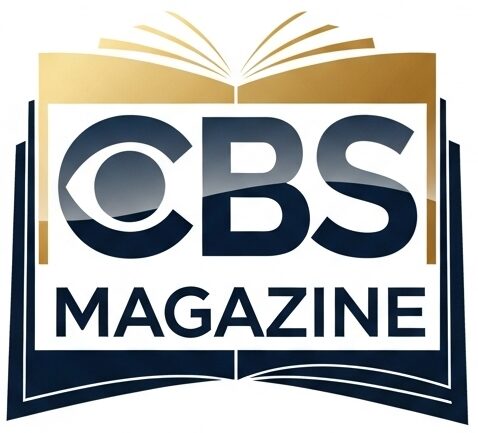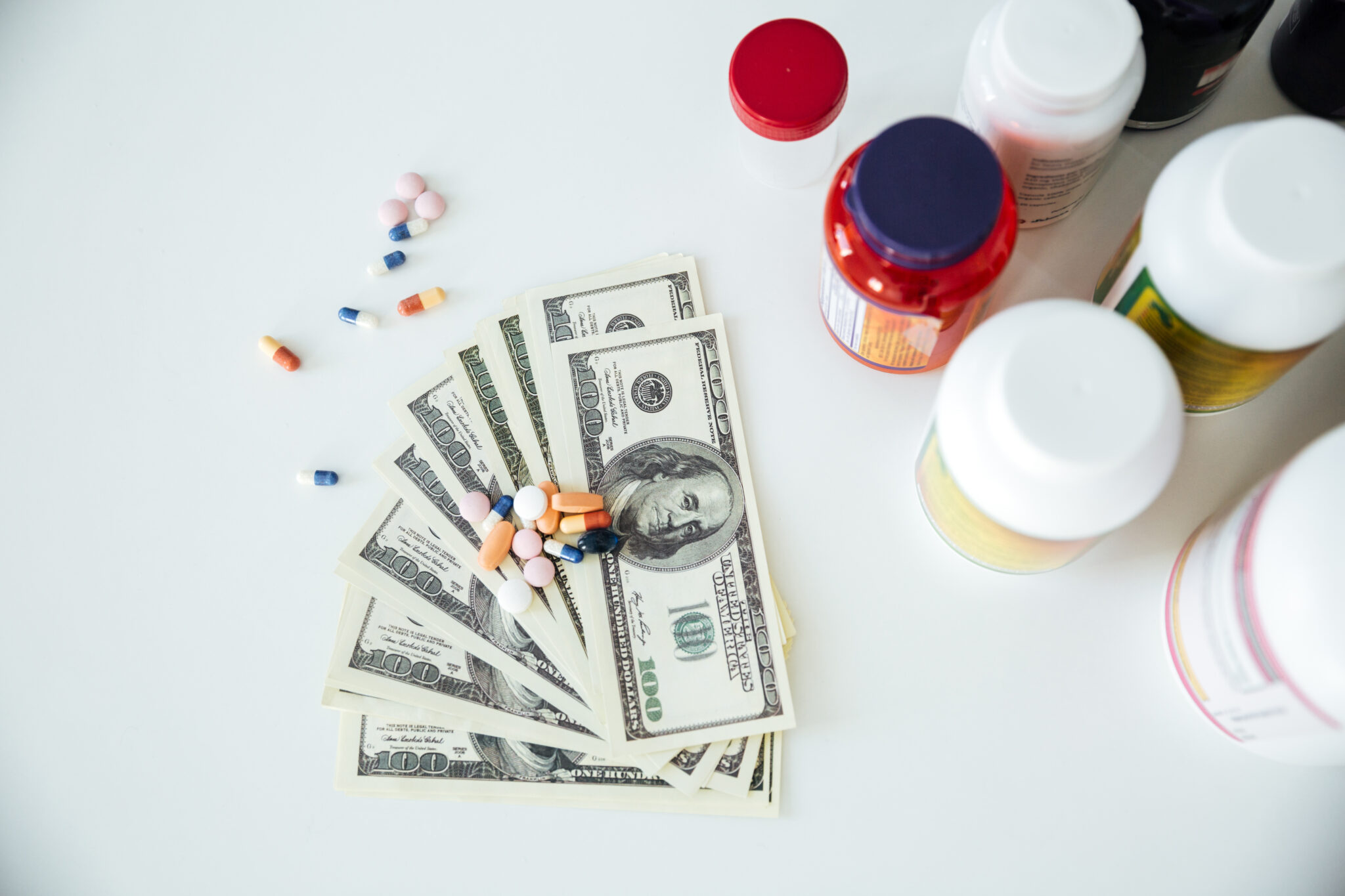On September 9, 2025- President Donald Trump signed a memorandum meant to further reinforce the rules on pharmaceutical advertisements so that they would ensure transparency in drug ads especially over television and social media with clear information regarding side effects. This would answer the bothering increasing complaints about misleading ads where proper disclosure is not done by social media influencers and online pharmacies. Here is what this memo means to get inside it why it matters, and how it can play against the pharmaceutical industry.
What the Memo Does
The Memorandum directs a focus on enforcement of current laws so as to make prescription drug advertising more truthful and informative. Below are its key components:
- Strengthened Enforcement: About 100 cease-and-desist letters and thousands of warning letters that the Trump administration found ready to send out will be unleashed against violators. The rules these companies are violating require that prescription drug advertising presents a fair balance between benefits and risks, not under any misleading impressions.
- Close the “adequate provision” loophole. Present rules permit firms to state only a summary of side effects in their advertisements—by making an internet site or some other source available to consumers wherein the full details can be found. The administration expressed its will to close this particular loophole by all means, thereby requiring more comprehensive disclosure of side effects within the ad itself.
- Targeting Social Media: Oversight now covers social media and the influencers there who talk up drugs. Many paid influencers fail to disclose their financial tie-in and do not include side effect information when advertising medications to consumers. This is both inadequate and inappropriate because it misleads consumers.
A senior White House official noted, “There has been broad frustration with the increasing prevalence of these ads creating a misleading impression, specifically not disclosing side effects appropriately.”
Pharmaceutical advertising is big business, with companies dropping billions every year. In 2024, drugmakers dropped $10.8 billion on direct-to-consumer ads, and TV alone took up $5.15 billion of that pot. By the first half of 2025, TV ad spending had already nearly hit $3 billion — a 12.2% jump from the year before. This memo will throw a wrench in that massive market because it’s going to force companies to rethink how they advertise.
Here’s why the administration is taking action:
- Misleading Ads. A lot of ads, especially social media ads do not mention side effects at all. Even though most drugs carry very serious risks, a Super Bowl ad by telehealth company Hims & Hers for weight loss drugs was criticized for not disclosing risks, misleading viewers
- The Food and Drug Administration (FDA) has been lax in sending only one enforcement letter in 2023 and none in 2024. The new memo marks the return of them to work.
- Consumer Protection: The administration wants ads to give Americans clear, balanced information so they can make informed decisions about medications. This is especially important since the U.S. and New Zealand are the only countries that allow direct-to-consumer drug ads.
Social Media Influencers in the Spotlight
Social media really is where most drug ads happen and this is also the place with the weakest oversight. Many times, influencers will promote medications not disclosing that they are paid and also not listing side effects. For example, in a recent study, only one-third of influencers disclosed possible harms of the products they advertised. The FDA will use AI monitoring to enforce these violations and hold influencers and companies accountable.
A senior official noted, “There are people seeing ads sometimes not even realizing that they’re pharmaceutical ads,” pointing to how influencers can make ads seem like casual endorsements.
Support from Some Drug Companies
Surprisingly, some pharmaceutical executives support the crackdown. A senior White House official said a few large company CEOs have urged action on misleading ads, though no specific names were shared. This suggests that some in the industry want fairer rules, especially for online pharmacies and telehealth companies that don’t follow the same strict guidelines as traditional drugmakers.
A Push for Lower Drug Prices
The memo is also a part of the larger prescription drug cost-lowering initiative. As one senior official noted, pharmaceutical companies spend 20% to 25% of their budget on advertising. “We would like to ask these companies instead of spending 20% to 25% of their budgets on these ads to lower drug prices for everyday Americans,” said the official. This falls right in line with Trump’s broader promise about lowering drug costs, a top priority during his first term that he aggressively pushed.
Challenges Ahead
Though the memo acts as a bold move, it faces challenges:
- Legal Pushback In 2019, a rule by the Trump administration that got struck down by a TV ad in federal court requiring drug price disclosures was overstepping authority. The pharmaceutical industry might challenge this memo in court on the basis of First Amendment rights since ads are considered protected speech.
- No complete ban: Secretary of Health Robert F. Kennedy Jr. had long assailed drug advertisements and promised a ban, but the memo falls short of that because of legal constraints, by focusing on enforcement of existing rules and closing loopholes.
- The TV networks and social media platforms depend on drug ad revenues. Stricter rules could make ads longer and more expensive, potentially lowering their numbers, thus affecting the profits of media companies.
A Step Toward Transparency
The memo comes from Trump’s initiative dubbed “Make America Healthy Again,” with which he presents a report articulating 130 health policy goals. All this comes after a push by Kennedy, who has labeled drug ads as a “pipeline of deception” that fuels overmedication. With clearer disclosures required and misleading ads to be cracked down on, the administration hopes and intends to protect consumers while inspiring better health choices.
This is not Trump’s first shot at drug ads. In his first term, he tried to make price disclosures in TV ads but the effort flopped in court. With even stronger enforcement standing beside new regulations, the administration takes on a different approach to achieve similar goals.
The FDA is already in motion- sending out adequate provision of enforcement letters and planning new rules to close that particular loophole. This focus on social media and influencers highlights how the administration is catching up to the ways ads have evolved- particularly on platforms like TikTok, where weight loss drug ads have exploded.
To consumers, this may translate as seeing ads with more detail on side effect information, though it may make commercials longer. To the pharmaceutical industry, it is a wake-up call to follow rules or face penalties. To influencers, it is a reminder to disclose partnerships and risks clearly—or risk FDA scrutiny.
This memo becomes a milestone move toward transparency at the level of drug advertising. Its real test will, however, depend on how stringently it is enforced by FDA and how well it stands in courts around the country. For now, though it was just a push from Trump, one thing is clear: drug advertising has to be honest. Give consumers the full truth about the drugs being sold to them.






















